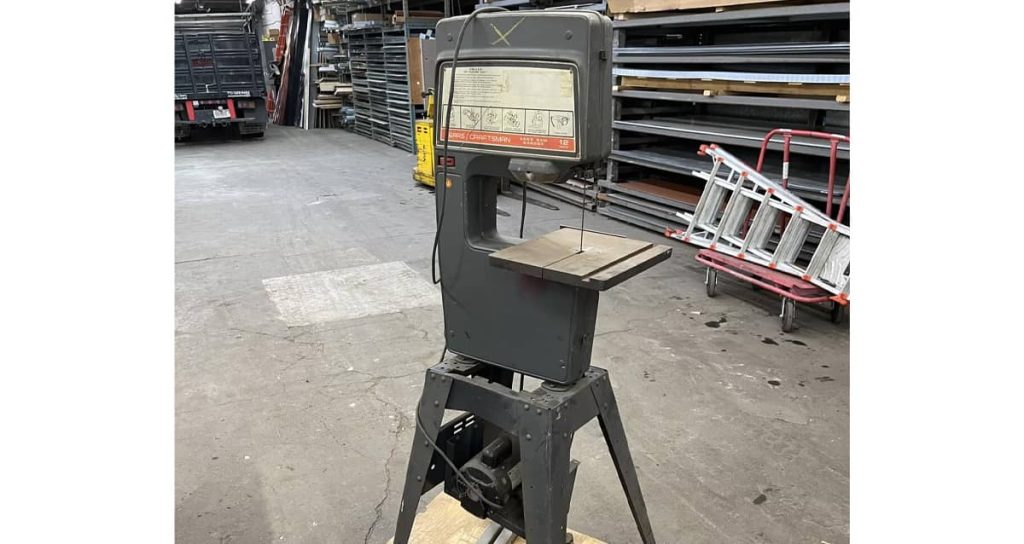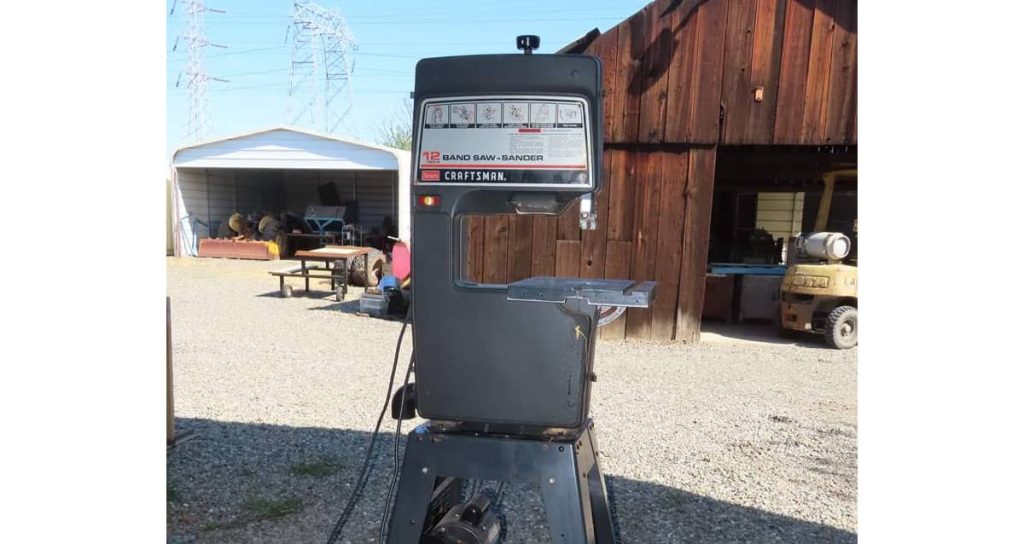Introduction to the Craftsman 12-Inch Bandsaw
The Craftsman 12-inch bandsaw is a reliable tool favored by hobbyists and light-duty professionals. Known for its balance of power, precision, and ease of use, this model helps users handle a wide range of cutting tasks. With the right adjustments and blade choice, it can serve well in both woodworking and occasional metal projects.
Key Features of the Craftsman 12-Inch Bandsaw
-
12-inch cutting capacity suitable for medium-sized projects
-
Adjustable blade guides for better accuracy
-
Cast iron or steel frame for increased stability
-
Large worktable with tilt feature for angled cuts
-
User-friendly adjustments for blade tension and tracking
Performance in the Workshop
This bandsaw handles straight and curved cuts effectively, making it useful for general-purpose woodworking. While not as powerful as larger industrial models, it delivers consistent results for hobby-level projects and is often praised for its smooth operation and sturdy build.

Blade Options for Different Tasks
The Craftsman 12-inch bandsaw supports a wide range of blade sizes and types, giving users flexibility in material choice. Selecting the right blade width, teeth per inch (TPI), and tooth design ensures cleaner cuts and longer blade life.
Recommended Blade Sizes and Uses
| Blade Width | Best For | TPI Range | Notes |
|---|---|---|---|
| 1/8″ | Tight curves and detailed cuts | 14–18 TPI | Ideal for scroll-like cuts |
| 1/4″ | General curve cutting | 10–14 TPI | Balances control and strength |
| 3/8″ | Light resawing, straight cuts | 6–10 TPI | Good for mixed projects |
| 1/2″ | Resawing and straight cuts | 4–6 TPI | Handles thicker stock well |
Maintenance Considerations
Keeping this saw in good condition requires regular cleaning, lubrication, and blade tension checks. A well-maintained machine not only extends its lifespan but also improves cut accuracy and safety during use.
Tips for Choosing the Right Blade
-
Select narrow blades for curves and intricate patterns.
-
Opt for wider blades for straight cuts and resawing.
-
Match TPI to the material thickness: higher TPI for thin stock, lower TPI for thicker material.
-
Keep spare blades on hand to reduce downtime.

Common Challenges and How to Handle Them
Users sometimes report blade drift or tracking issues. These are usually fixed by carefully adjusting blade guides and ensuring proper tension. Regular inspection prevents most cutting problems before they become serious.
Safety Guidelines for Bandsaw Use
-
Always wear safety glasses and hearing protection.
-
Keep fingers away from the blade path; use push sticks for small pieces.
-
Never force material into the blade—let the saw do the work.
-
Check blade guards and adjustments before each use.
Upgrading for Better Results
Many owners find performance improvements by adding upgraded guide kits or selecting higher-quality bimetal blades. These upgrades can make a noticeable difference in cut accuracy and overall machine performance.
Blade Storage and Care
-
Store blades in a dry environment to prevent rust.
-
Coil spare blades properly to save space and protect teeth.
-
Wipe blades clean after cutting resinous woods or oily metals.
Discover More About the Hitachi B600A Bandsaw
Interested in learning about another reliable machine? Take a look at our article on the Hitachi B600A Bandsaw: User Insights and Maintenance Tips. You’ll find practical feedback from operators and helpful guidance on keeping this model in peak condition for years of dependable use.
The Craftsman 12-inch bandsaw remains a dependable choice for hobbyists and small workshops. With the right blade and regular care, it provides accurate and smooth cuts on a variety of materials. Its flexibility, combined with affordable upkeep, makes it a practical addition to any workshop.